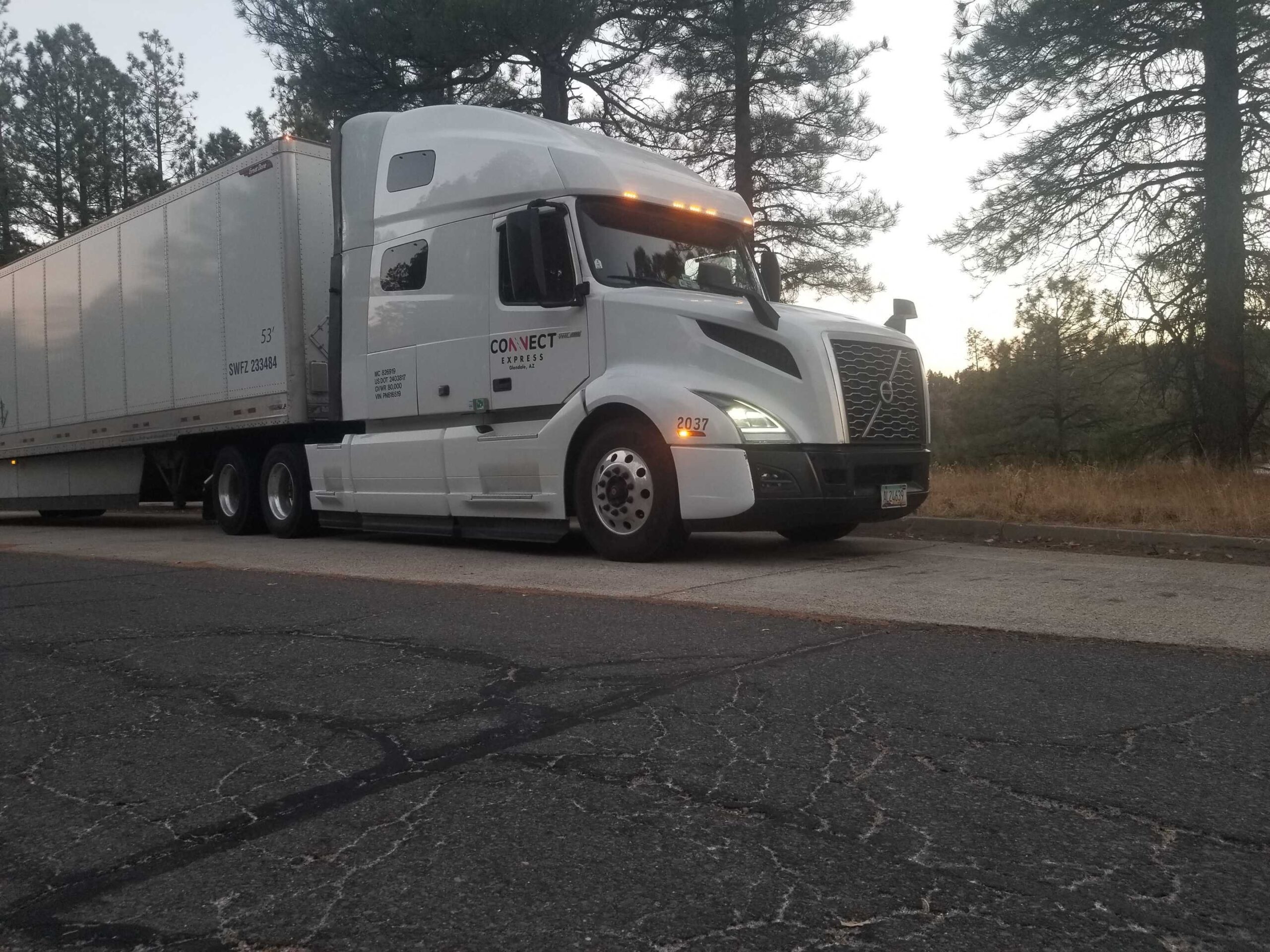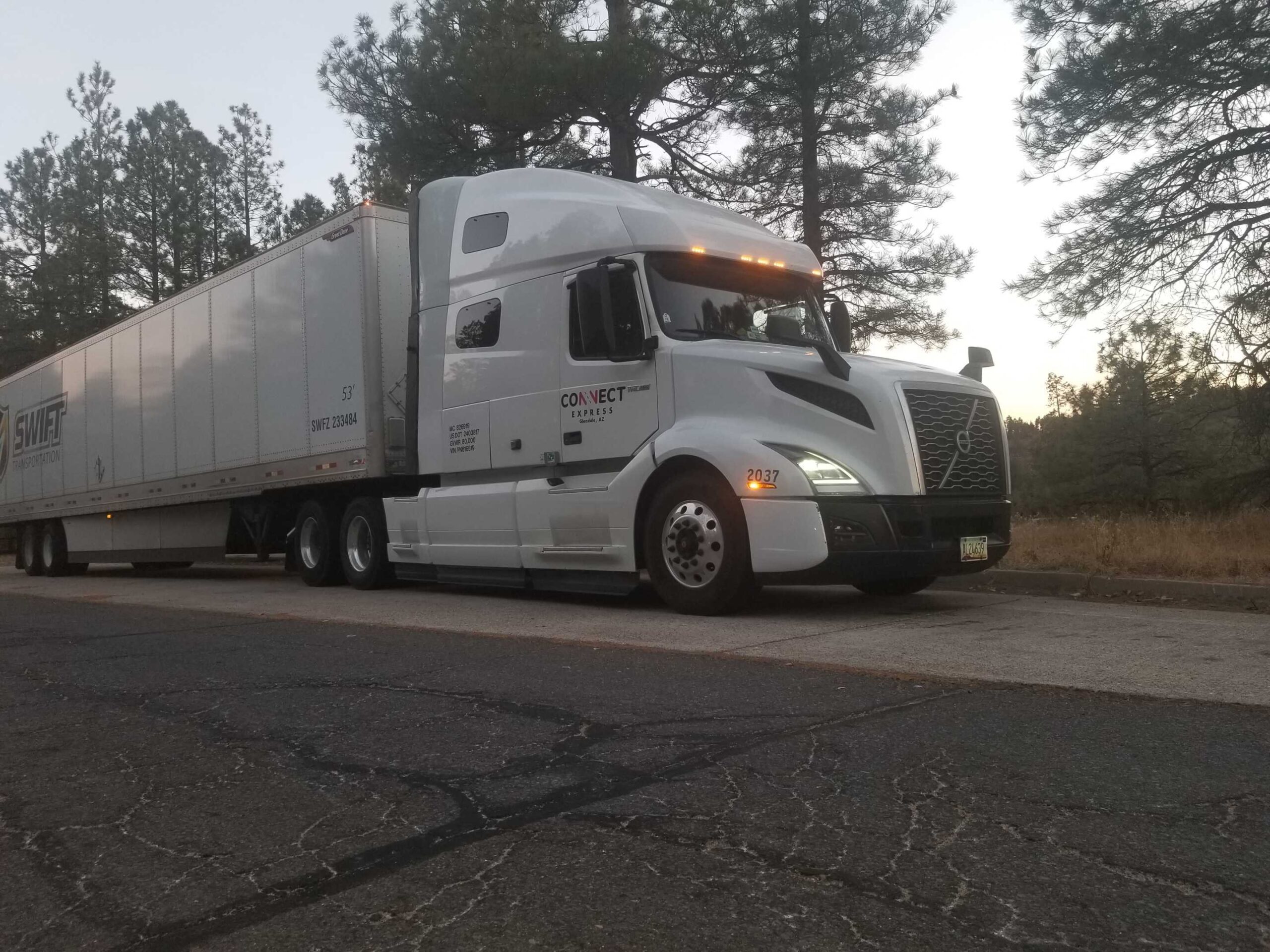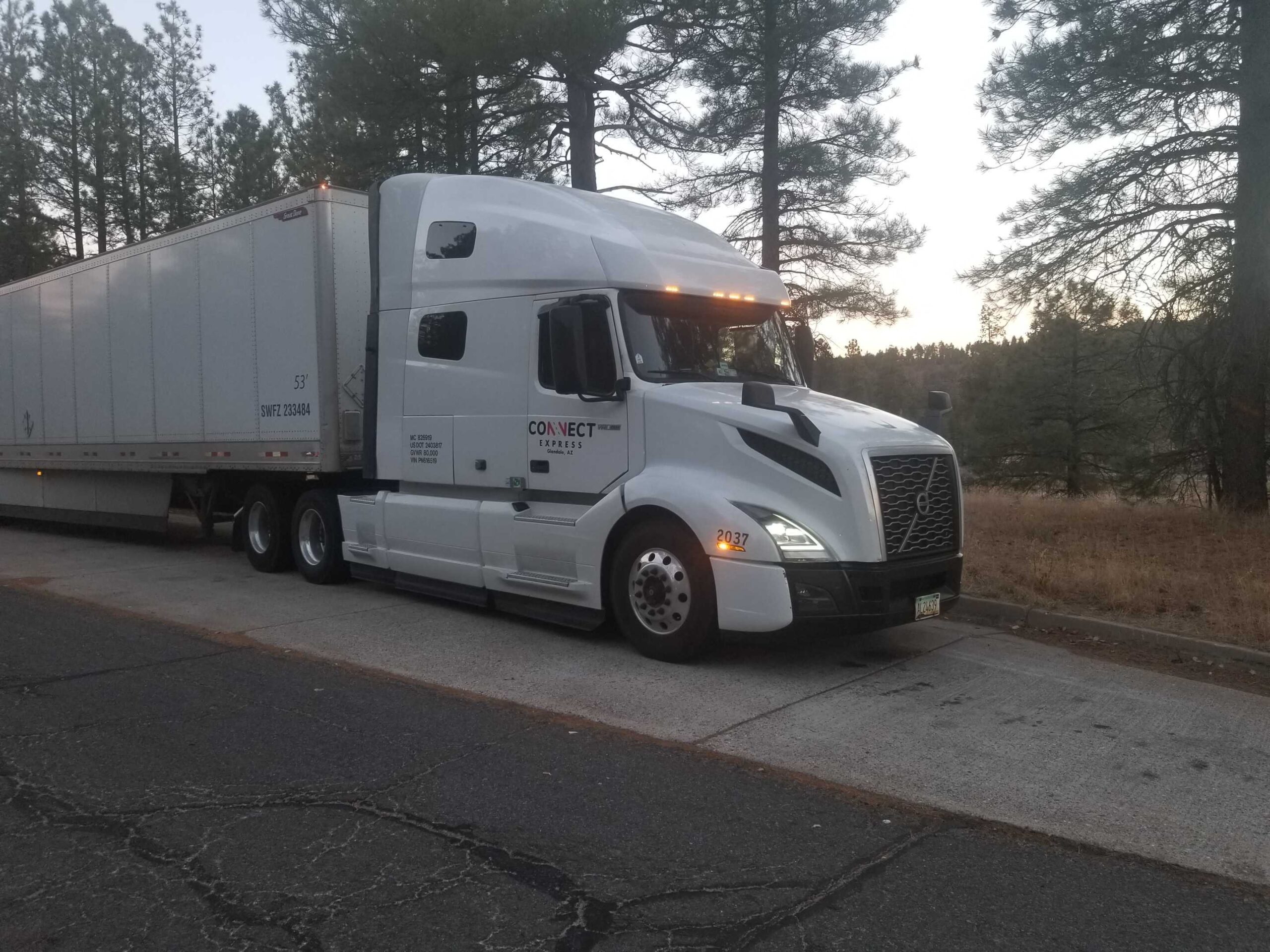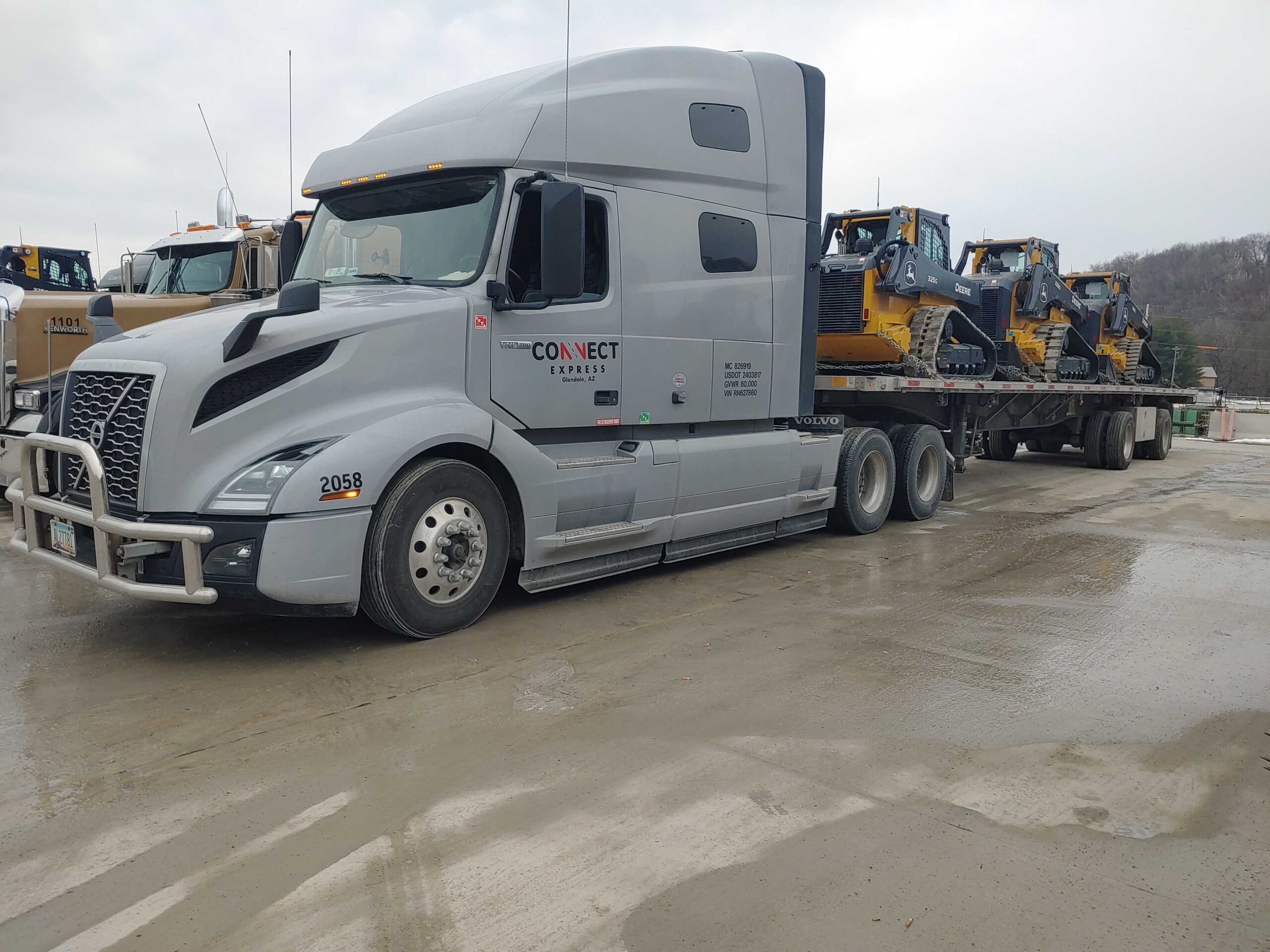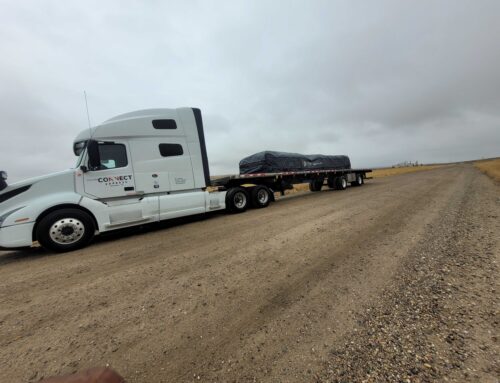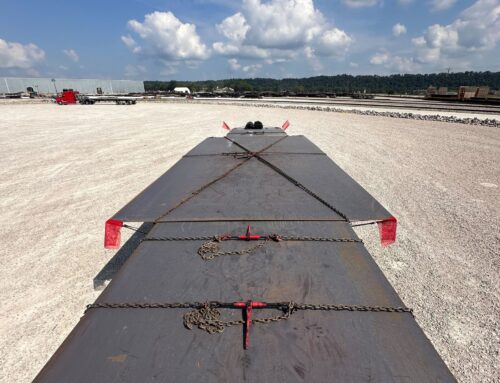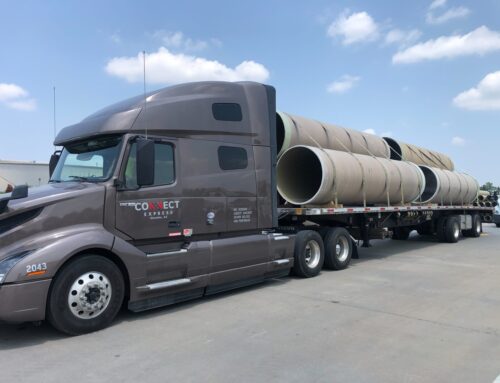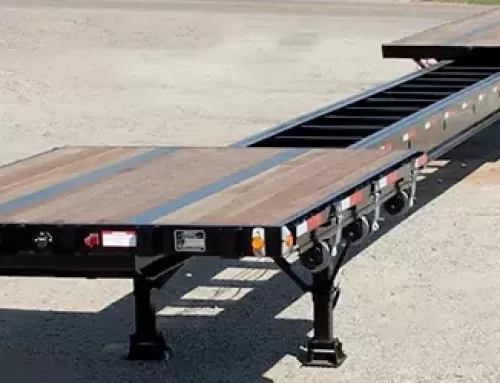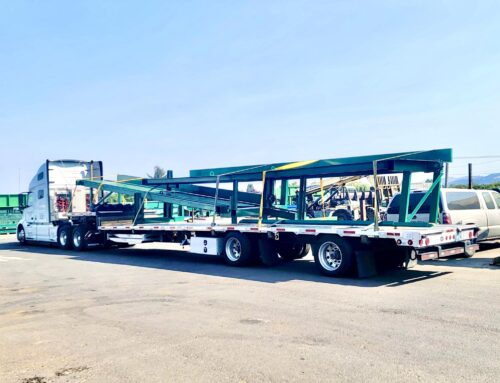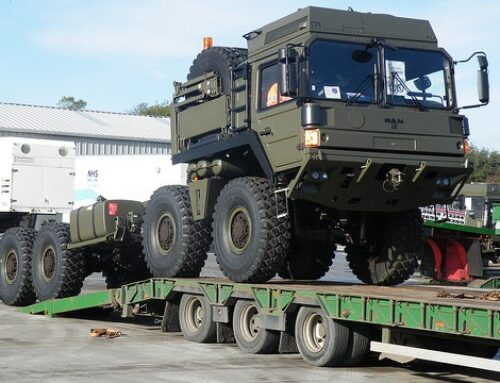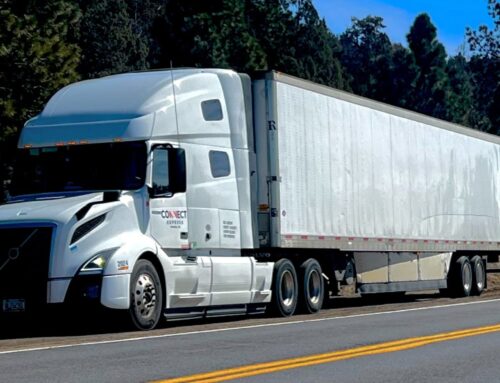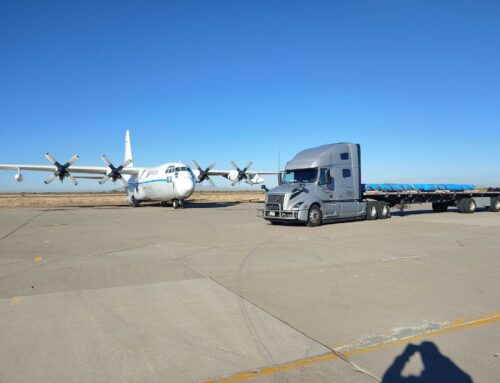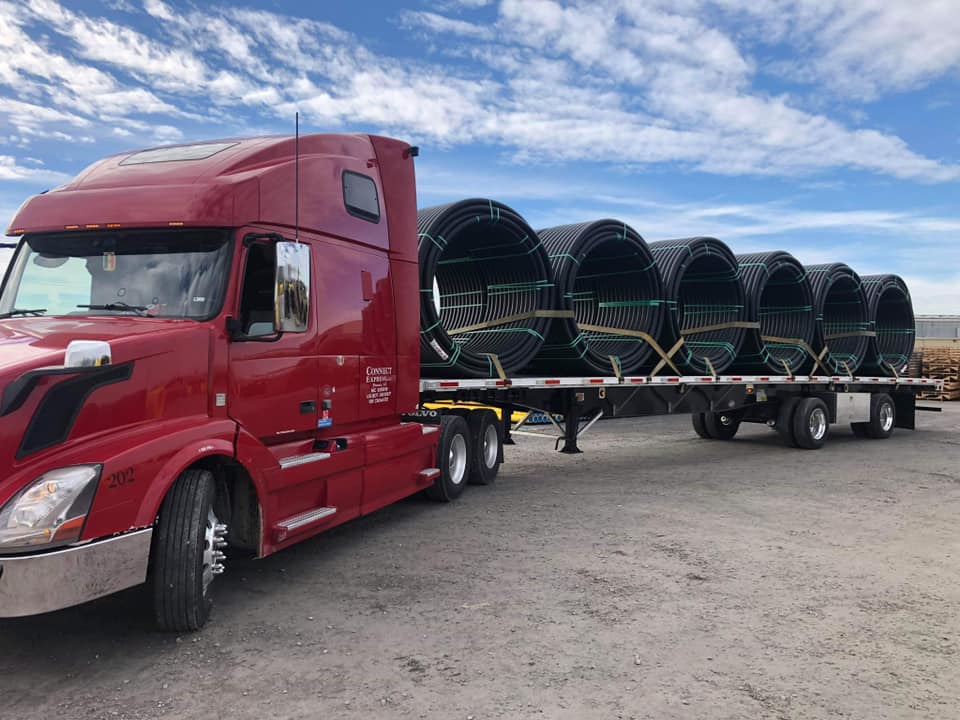
Introduction
The trucking industry serves as the backbone of the global supply chain, ensuring the timely delivery of goods across vast distances. Within this crucial sector, flatbed trucking stands out for its unique challenges and rewards. Flatbed trucks, known for their open trailers, transport goods that don’t fit easily into standard enclosed trailers, such as construction equipment, large machinery, and oversized items. This specialization not only demands a specific skill set from its drivers but also offers distinctive career opportunities and challenges.
As we delve into the world of flatbed trucking jobs, we aim to provide a comprehensive overview of what aspiring truckers can expect. From the essential requirements and certifications needed to embark on this career path to the salaries, benefits, and the broader scope of opportunities available, this article will serve as your guide. Additionally, we will explore the challenges faced by flatbed truckers, including the physical demands and the critical importance of safety in every haul. Through real-life insights and expert advice, we aim to paint a clear picture of what life on the road in flatbed trucking truly entails. Whether you’re considering a career in this field or simply curious about what it involves, join us as we uncover the intricacies of flatbed trucking jobs.
Flatbed Trucking Industry
Definition and Unique Aspects
Flatbed trucking involves the use of flatbed trailers, which are entirely open and lack sides or a roof. This open design allows for the transportation of large machinery, construction materials, heavy equipment, and other oversized items that require more space than what is available inside a standard trailer. The unique aspect of flatbed trucking lies in the loading and unloading process, which often involves cranes and forklifts due to the size and weight of the cargo.
Types of Loads Commonly Transported
- Construction Materials: Lumber, steel beams, concrete blocks, and roofing materials.
- Heavy Machinery: Bulldozers, excavators, and other construction or agricultural equipment.
- Oversized Items: Wind turbine blades, industrial machinery, and prefabricated homes.
- Vehicles: Cars, trucks, and military vehicles on specialized flatbed trailers.
Importance in Logistics and Supply Chain
Flatbed trucking plays a crucial role in the logistics and supply chain industry by providing flexible transportation solutions for goods that cannot be shipped through conventional means. It supports various sectors, including construction, manufacturing, and energy, by ensuring the timely and safe delivery of essential components and equipment. The adaptability of flatbed trucking to handle diverse cargo types makes it indispensable for projects requiring specialized transportation logistics.
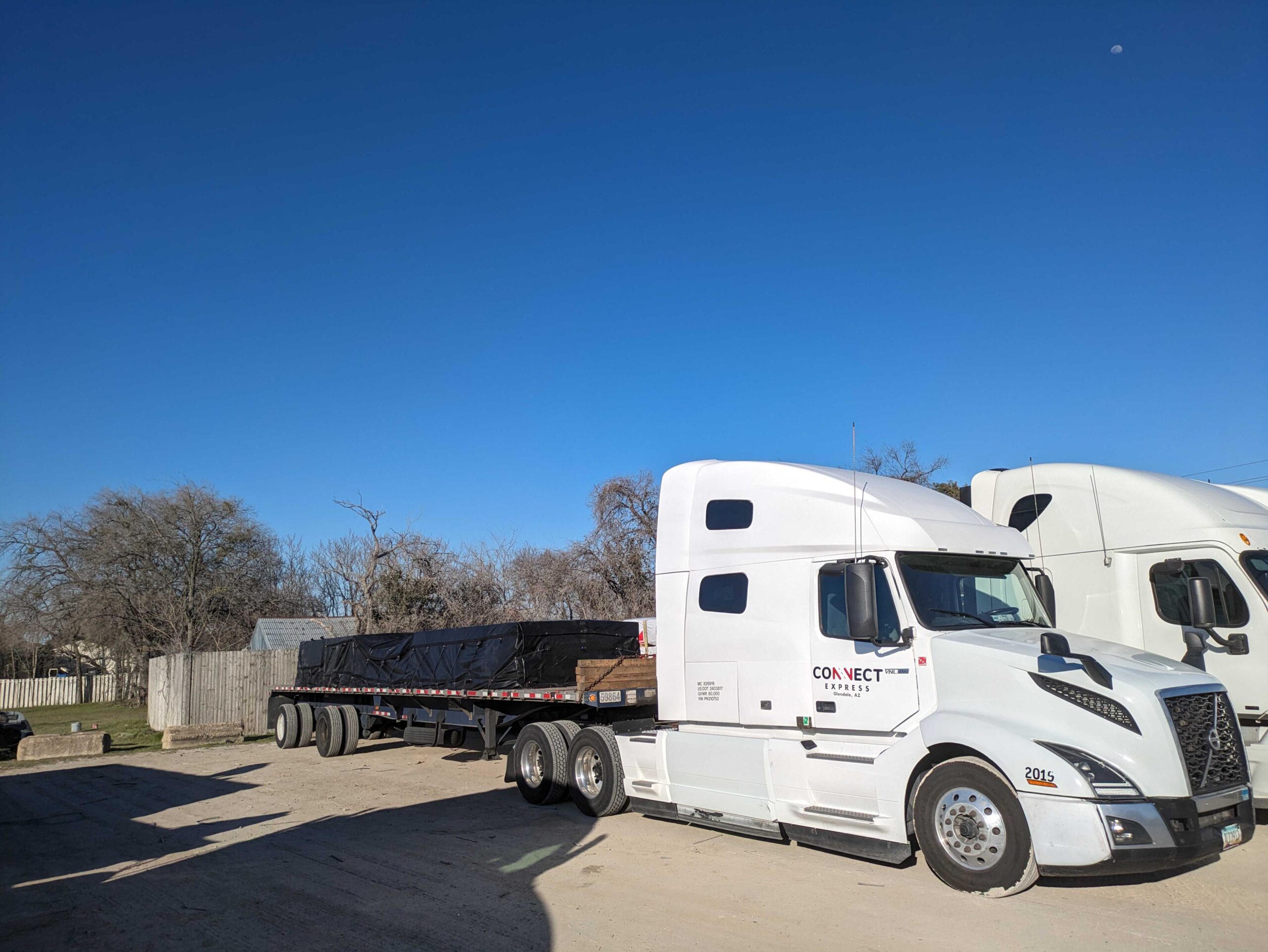
Requirements for Flatbed Trucking Jobs
Entering the field of flatbed trucking involves meeting a set of specific requirements and qualifications. These not only ensure the safety and efficiency of transport but also comply with regulatory standards. This section outlines the key licenses, physical and skill requirements, and safety training necessary for a career in flatbed trucking.
Necessary Licenses and Certifications
- Commercial Driver’s License (CDL): A CDL is mandatory for anyone driving a commercial motor vehicle. Aspiring flatbed truck drivers must obtain a Class A CDL to operate flatbed trucks due to the size and weight of the vehicles and their cargo.
- Endorsements: Certain types of loads may require additional endorsements on the CDL. For example, transporting hazardous materials (HazMat) requires an H endorsement.
- Clean Driving Record: Employers typically seek drivers with clean driving records, indicating a history of safe driving practices.
Physical and Skill Requirements
- Physical Fitness: Flatbed trucking is physically demanding. Drivers must be able to secure cargo using straps and chains, which involves lifting, bending, and climbing.
- Loading and Unloading Skills: Unlike traditional freight hauling, flatbed trucking often requires the driver to participate in loading and unloading cargo, necessitating knowledge of safe cargo handling practices.
- Securing Cargo: Properly securing cargo is critical in flatbed trucking to prevent accidents. Drivers must understand how to use tarps, straps, chains, and other securing devices effectively.
Safety Training and Regulations Compliance
- Safety Training: Many companies provide specialized safety training for flatbed trucking, focusing on cargo securement, vehicle inspection, and accident prevention strategies.
- Regulations Compliance: Drivers must be familiar with federal and state regulations related to hours of service, cargo securement, and vehicle maintenance.
- Continuous Education: Staying updated with the latest industry standards and safety protocols is essential. Many drivers participate in ongoing education programs and workshops.
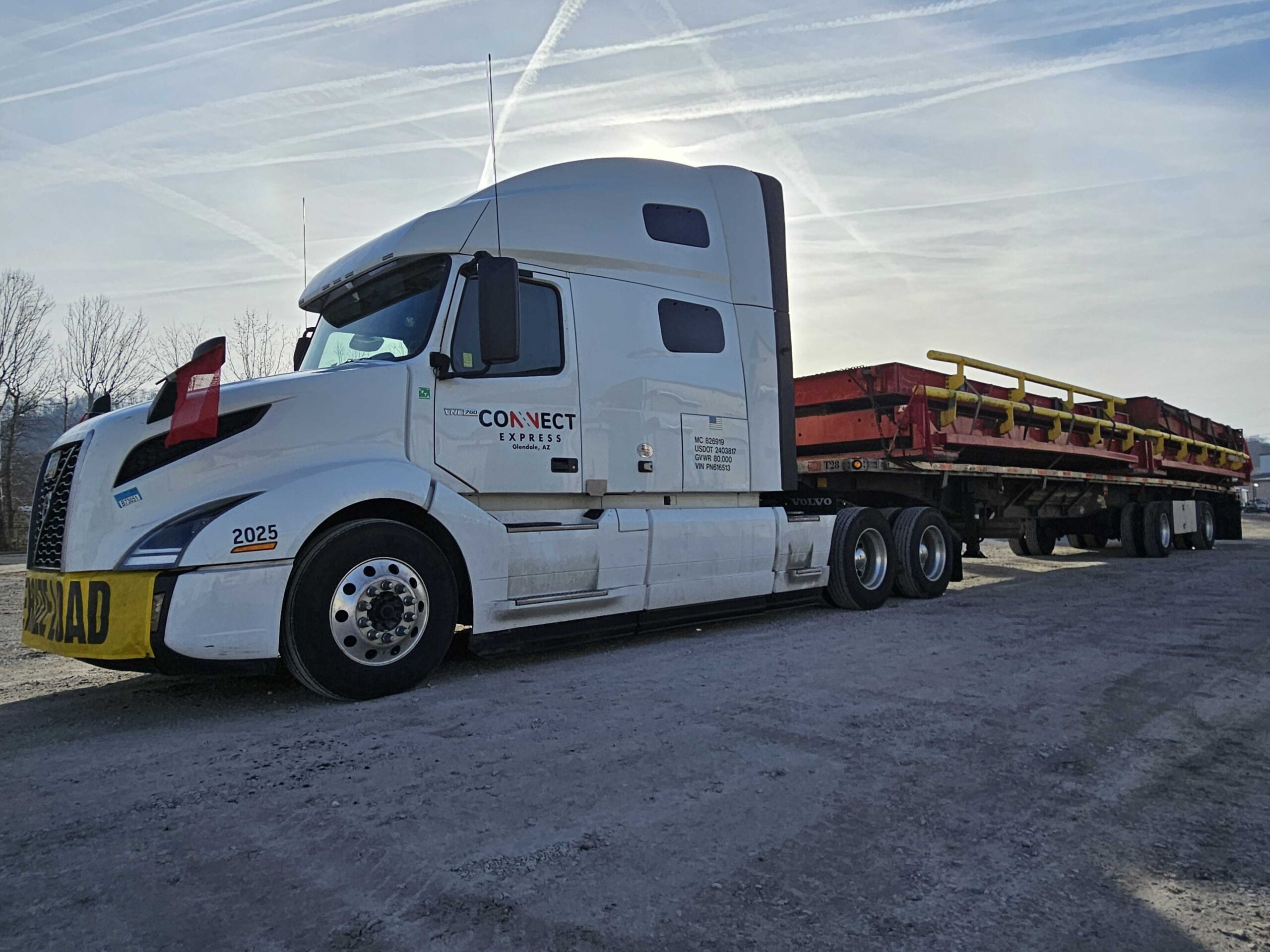
Salaries and Compensation
The financial rewards of a career in flatbed trucking can be significant, reflecting the skill, responsibility, and risks involved. Salaries in this sector vary based on a range of factors, including experience, geographical location, and the employing company’s size and reputation. This section provides an overview of the salary ranges, compensation models, and additional benefits that flatbed truck drivers might expect.
Overview of Salary Ranges
- Entry-Level Drivers: Starting salaries for new drivers can vary widely but typically range from $60,000 to $75,000 per year, depending on the company and location.
- Experienced Drivers: With experience, specialization, and a good safety record, flatbed truck drivers can see their salaries increase significantly, often exceeding $80,000 annually. Some highly experienced drivers in demanding routes or specializations can earn over $120,000.
Factors Affecting Salaries
- Experience and Specialization: Drivers with years of experience and specialized skills, such as oversized load transportation or HazMat certification, often command higher salaries.
- Location: Salaries can also be influenced by the cost of living and demand for drivers in different regions. Rural areas might offer less than urban centers, but the cost of living adjustments can balance this.
- Company Size and Reputation: Larger companies might offer higher salaries and better benefits, but smaller firms can compensate with a more personalized work environment and flexible schedules.
Additional Benefits and Compensation
- Bonuses and Incentives: Many trucking companies offer performance-based bonuses, safety bonuses, and incentives for long-distance hauls.
- Insurance and Retirement Plans: Benefits packages often include health insurance, dental and vision coverage, life insurance, and retirement savings plans.
- Paid Time Off: Drivers typically receive paid vacation and holidays, with some companies offering additional time off based on tenure.
- Per Diem Allowances: To cover meals and incidental expenses on the road, drivers may receive per diem allowances, which can supplement their income.
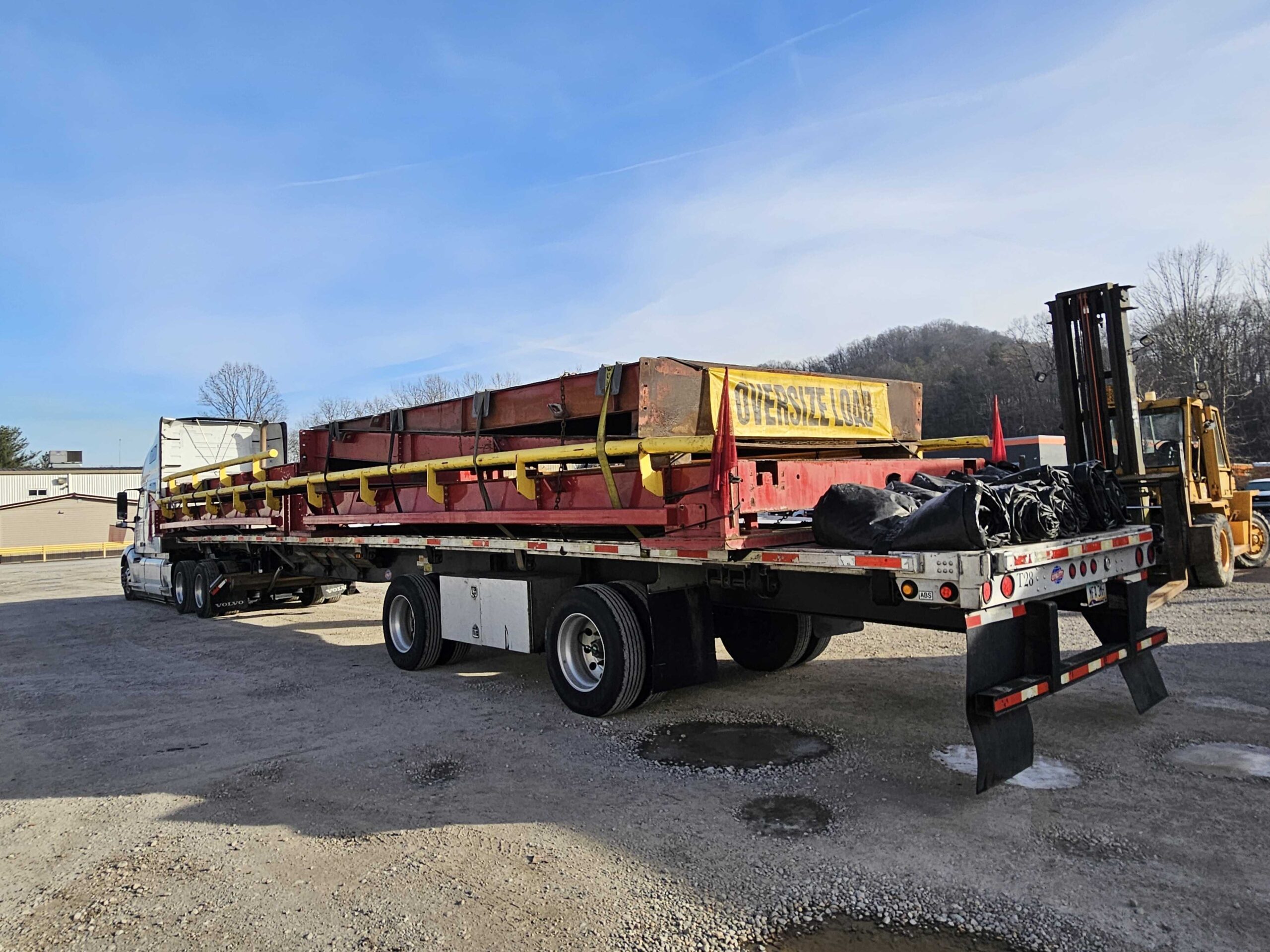
Job Opportunities in Flatbed Trucking
The flatbed trucking sector offers a range of career advancement opportunities and benefits from positive demand trends, making it an attractive field for both new and experienced drivers. Innovations in technology and evolving industry needs are further shaping the landscape, creating new paths for professional growth. This section explores the various opportunities available within flatbed trucking, highlighting career paths, market demand, and the impact of technology.
Career Advancement Paths
- Specialized Hauling: Drivers can advance by specializing in transporting specific types of loads, such as heavy machinery or oversized items, which often command higher pay due to the additional skill and responsibility required.
- Owner-Operator: Many flatbed truckers move towards owning their own trucks and operating as independent contractors, which allows for greater earning potential and business autonomy.
- Management Roles: Experienced drivers can transition into supervisory or management positions, overseeing logistics operations, safety programs, or driver training departments.
Demand Trends and Job Market Outlook
- Growing Demand: The demand for flatbed trucking services is robust, driven by the construction industry, renewable energy projects, and manufacturing sector growth. This demand ensures steady job opportunities and the potential for job security.
- Economic and Infrastructure Projects: Large-scale infrastructure projects and economic development initiatives frequently require the specialized transport services provided by flatbed truckers, contributing to sustained industry growth.
Impact of Technology and Innovation
- Logistics and Fleet Management Software: Advances in technology are streamlining operations, with logistics and fleet management software improving route planning, load scheduling, and cargo tracking.
- Safety and Training Technologies: Virtual reality (VR) and augmented reality (AR) are being used for driver training and safety education, enhancing skill development without the risk of on-the-road training.
- Sustainable Practices: The push towards sustainability is influencing flatbed trucking, with increased use of fuel-efficient vehicles and practices that reduce the environmental impact of transport operations.
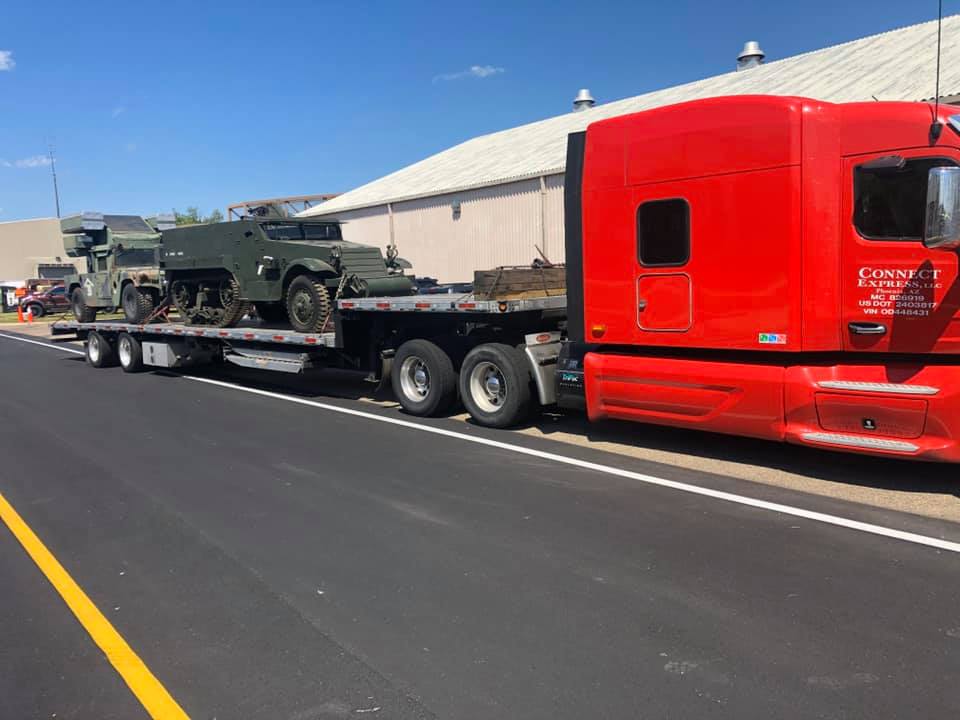
Challenges Faced by Flatbed Truckers
While flatbed trucking offers rewarding career opportunities and competitive compensation, it also presents a unique set of challenges. These hurdles range from the physical demands of the job to safety concerns and the impact on personal life. Understanding these challenges is crucial for anyone considering a career in this field. This section delves into the main issues faced by flatbed truckers, providing insights into what it takes to succeed despite these obstacles.
Physical Demands and Safety Concerns
- Physical Exertion: Flatbed trucking is more physically demanding than traditional freight hauling. Drivers are often required to load and secure cargo manually, which can involve heavy lifting, climbing, and securing loads under varying weather conditions.
- Safety Risks: Given the nature of the cargo, there’s a heightened risk of accidents if loads are not properly secured. Moreover, the process of tarping and securing heavy items can lead to injuries if not done correctly.
- Weather Conditions: Flatbed truckers frequently work outdoors, exposing them to harsh weather conditions. Whether it’s securing a load in the heat of summer or during a winter snowstorm, the elements add an extra layer of difficulty to the job.
Navigating Long Distances and Time Away from Home
- Long Hauls: Many flatbed trucking jobs involve long-distance hauls that can keep drivers away from home for extended periods, affecting their personal life and time with family.
- Work-Life Balance: Maintaining a healthy work-life balance can be challenging for flatbed truckers due to the unpredictable nature of freight schedules and the demands of the job.
Balancing Life on the Road
- Isolation: Spending long hours on the road can lead to feelings of isolation and loneliness, impacting mental health and well-being.
- Health Concerns: The sedentary lifestyle associated with long-distance trucking can pose health risks, including issues related to lack of exercise, poor diet, and irregular sleep patterns.

Real-Life Insights: Stories from the Road
The life of a flatbed trucker is filled with unique experiences, challenges, and triumphs. This section draws on real-life insights and stories from seasoned flatbed truckers, offering a glimpse into the daily reality of working in this demanding field. Through their narratives, we uncover the personal and professional aspects that define the flatbed trucking lifestyle.
Overcoming Challenges
- Weathering the Storm: One trucker recounts the challenge of securing a load during a sudden snowstorm in the Rockies. Despite freezing temperatures and high winds, they managed to safely deliver the cargo, a testament to the resilience required in this job.
- Load Securing Mastery: Another shares the learning curve involved in mastering the art of securing different types of cargo. A mishap early in their career taught them the importance of meticulous attention to detail, leading to years of accident-free deliveries.
The Rewards of the Road
- Building Relationships: Many flatbed truckers speak of the strong bonds formed with fellow drivers and clients. These relationships often provide a support network that is invaluable on the road.
- Sense of Accomplishment: Completing a particularly challenging haul can be highly rewarding. Truckers describe the satisfaction of delivering oversized or delicate cargo intact as one of the job’s greatest rewards.
Tips for Aspiring Truckers
- Continuous Learning: Experienced drivers emphasize the importance of ongoing education and training, not just for safety but also for career advancement.
- Health and Well-being: Maintaining physical and mental health is crucial. Veterans of the road suggest regular exercise, healthy eating habits, and finding hobbies that can be pursued on the road to combat isolation.
Adapting to Change
- Embracing Technology: Adaptation to new technologies is seen as essential. From navigation aids to logistics management tools, tech has transformed the way flatbed trucking is done, making it more efficient and safer.
- Environmental Awareness: Some drivers are actively involved in initiatives aimed at reducing the environmental impact of trucking, highlighting the industry’s shift towards sustainability.
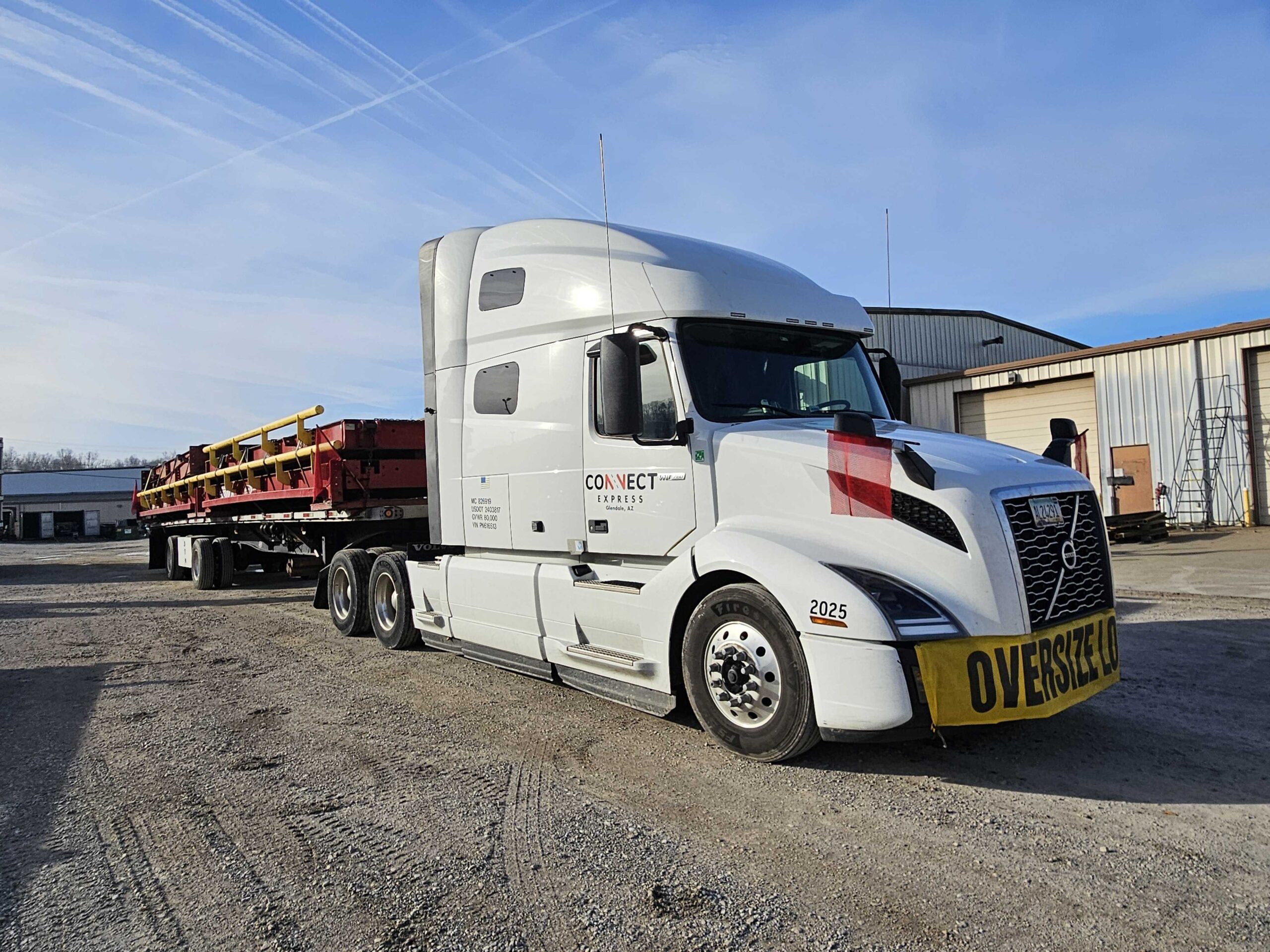
Getting Started in Flatbed Trucking
For those aspiring to become flatbed truckers, understanding the steps to enter the field is crucial. This section offers practical advice on getting started, including education, training programs, and tips for securing your first flatbed trucking job.
Education and Training
- Commercial Driver’s License (CDL): The first step is obtaining a CDL, which is mandatory for all commercial truck drivers. Enroll in a reputable CDL training program that offers both classroom learning and hands-on driving experience.
- Flatbed-Specific Training: While general CDL training is foundational, specializing in flatbed operations is advisable. Look for programs or companies offering training in cargo securement, tarping, and safety protocols specific to flatbed trucking.
- Safety Certifications: Pursuing additional safety certifications can make you more attractive to potential employers. Certifications in areas like hazardous materials handling or advanced driving techniques can set you apart.
Finding and Securing a Job
- Research Potential Employers: Start by researching trucking companies that specialize in flatbed cargo. Consider their reputation, safety record, compensation packages, and any additional benefits they offer.
- Networking: Attend trucking industry events, job fairs, and online forums. Networking with experienced drivers and industry professionals can provide valuable insights and job leads.
- Prepare Your Application: Tailor your resume to highlight relevant experience and certifications. Be ready to discuss your training, any driving experience, and your understanding of safety practices during interviews.
Tips for Success
- Stay Informed: The trucking industry is constantly evolving, with new regulations, technologies, and best practices. Stay informed by reading industry publications, joining professional associations, and participating in online communities.
- Prioritize Safety: A commitment to safety is paramount in flatbed trucking. Always adhere to safety guidelines, participate in ongoing training, and embrace a safety-first mindset.
- Be Prepared for the Lifestyle: Understand the demands of the trucking lifestyle, including long hours and time away from home. Developing strategies to maintain health, wellness, and relationships is essential for long-term success.
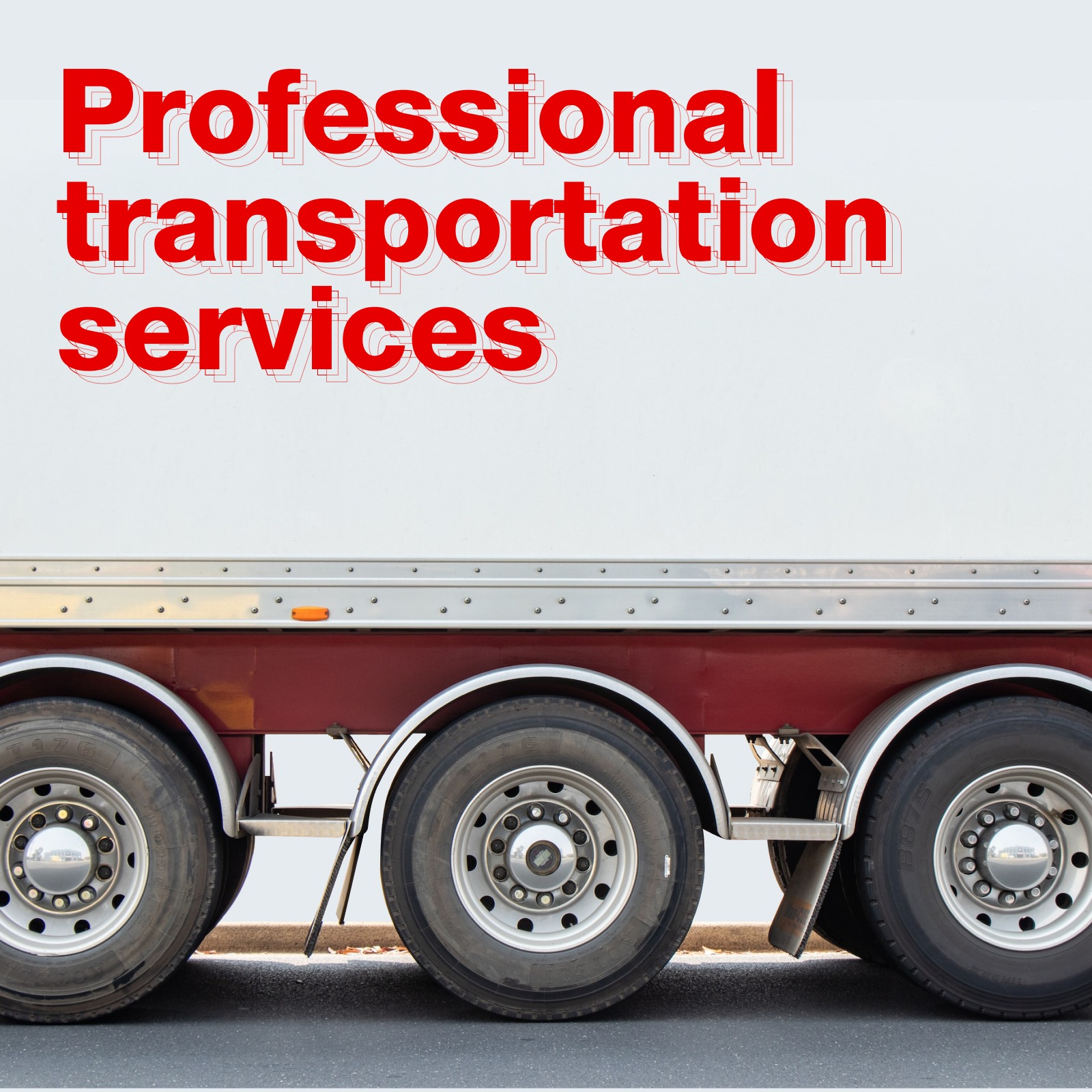
What Sets Connectexpress LLC Apart
Transport leadership for a new generation
Experience the future of logistics with ConnectExpressLLC’s advanced equipment, efficient trailer fleet, and innovative digital platform – elevate your transport game now!
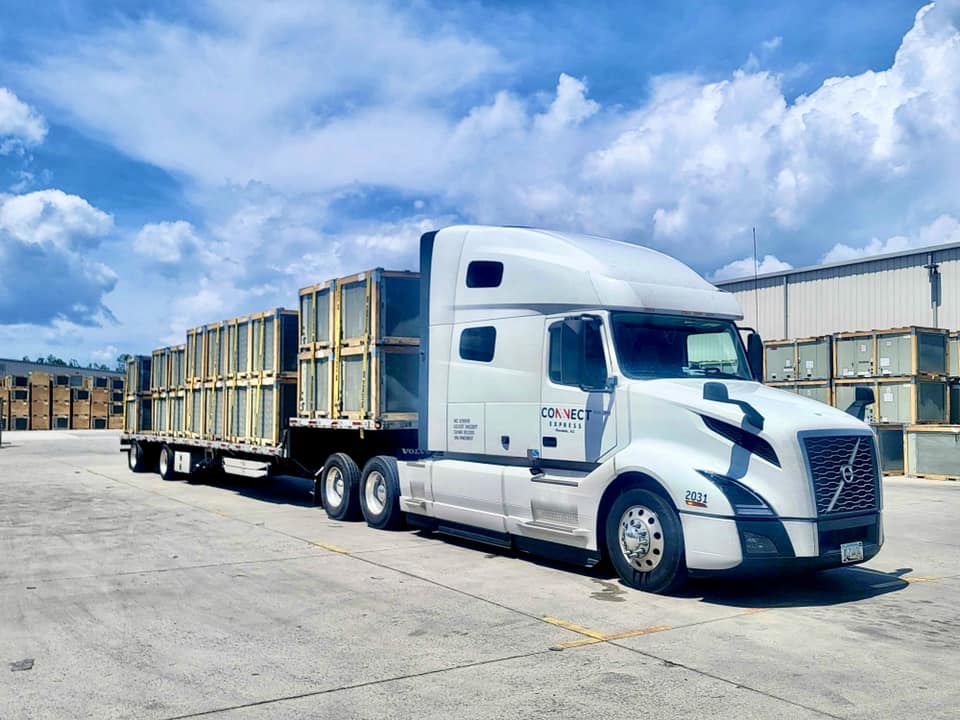
Compliance rate
On-Time Delivery Rate
Safety Rate
Compliance rate
On-Time Delivery Rate
Safety Rate


